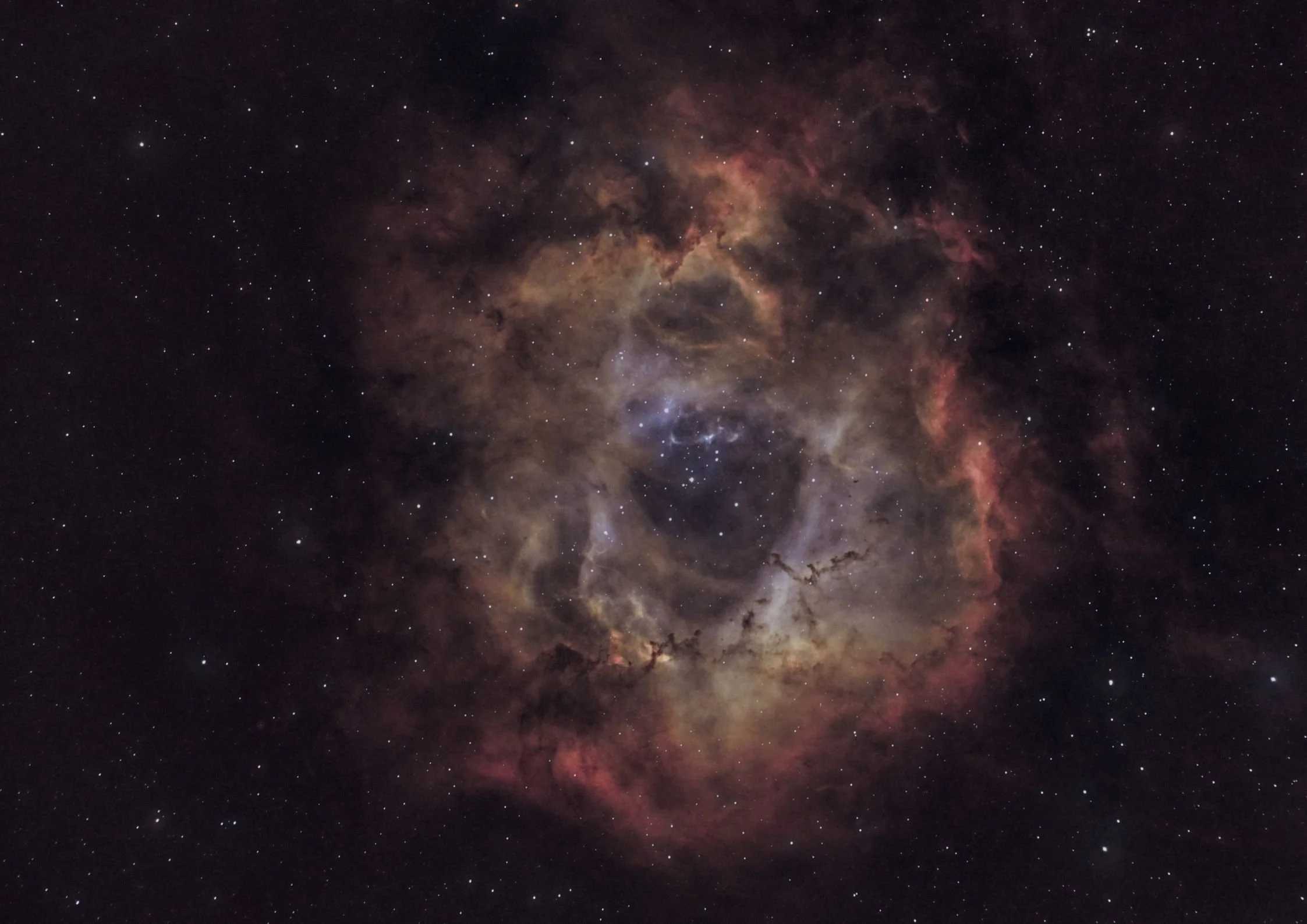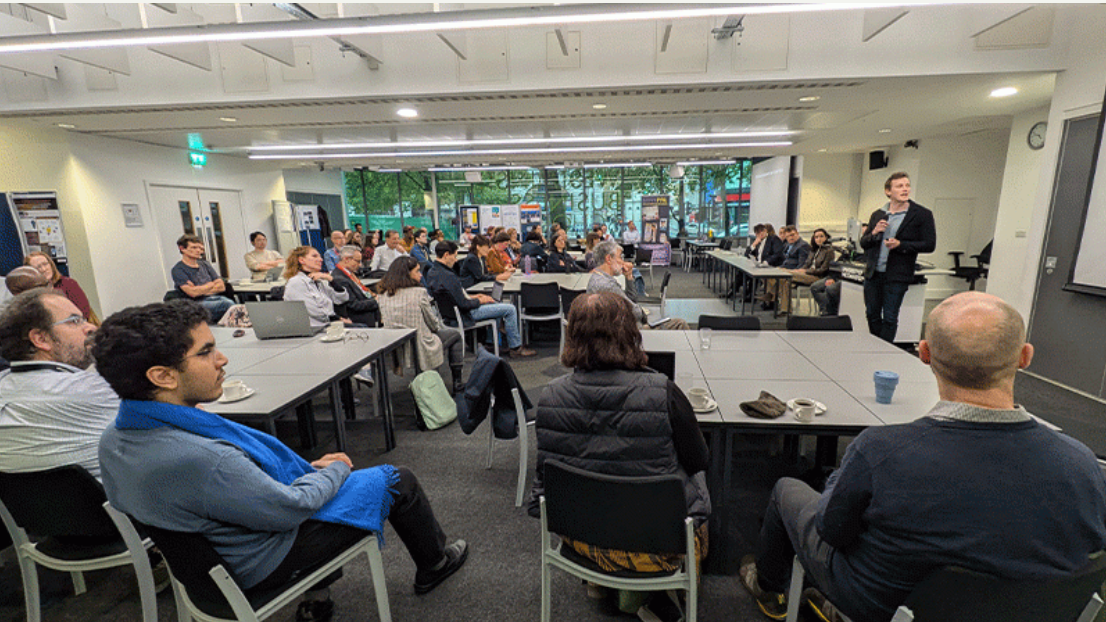Jisc’s Janet Network to power UK access to Rubin Observatory’s petabyte-scale space data
Janet will transfer vast volumes of astronomical data from Chile to UK research institutions, supporting real-time analysis and long-term storage across national partners.
Photo credit: © Benjamin Voros on Unsplash
Jisc’s Janet Network will play a key role in enabling UK-based researchers to access data from the Vera C. Rubin Observatory in Chile, which is set to release its first images on June 23.
The observatory’s LSST camera, the largest ever built, will collect ultra-wide, high-resolution images of the night sky over the next decade.
Janet is the UK’s national research and education network (NREN), operated by Jisc, and currently connects over 20 million users across the country. Its infrastructure provides the high-capacity bandwidth and performance required to support real-time access to Rubin data.
The project is expected to generate up to 25 petabytes of data annually, with the UK handling approximately 25 percent of the total. That data will be transmitted from South America via the Janet Network to multiple UK research institutions for storage, processing, and analysis.
UK partners prepare for data-driven collaboration
Several UK organizations are contributing to the effort. Lancaster University and the Science and Technology Facilities Council’s Scientific Computing Department will manage bulk data storage and image processing. The University of Edinburgh will lead efforts to rapidly analyze transient astronomical events such as supernovae and near-Earth objects.
“The Vera C. Rubin Observatory, the data it will generate and the requirement to share with global partners, perfectly highlights the capability and necessity of NRENs globally,” says Neil Shewry, director of networks at Jisc.
He adds, “We work closely with scientific communities to ensure Janet has the capacity and resilience to meet their evolving needs. We’re proud that Janet is powering the future of scientific research, enabling UK institutions to contribute and benefit from such a groundbreaking and ambitious initiative.”
Petabyte-scale imaging and near real-time analysis
The observatory’s imaging efforts are designed to create a long-term, wide-field record of the universe, which researchers hope will transform understanding of astronomical phenomena. The project aims to collect up to 200 petabytes of data by 2033. To contextualize that volume, one petabyte equals approximately one million gigabytes.
Researchers at participating UK institutions will rely on Janet’s speed and reliability to move data where it is needed quickly enough to support timely analysis.
“The Rubin Observatory is a game changer in astronomy. Thanks to the powerful network linking academic institutions and national research facilities, Jisc has ensured we can move the petabytes of data to where it is needed and maximise the opportunity for UK research and innovation,” says Dr. George Beckett, project manager at the Royal Observatory Edinburgh.





















